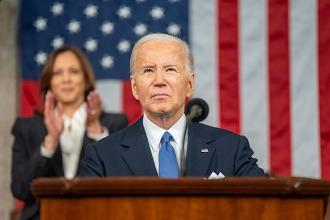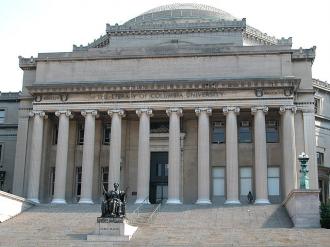Inflation has been the specter looming behind the market correction, and just how much of a threat it truly is could become more apparent Wednesday.
Investors are avidly awaiting the government's consumer price index report, a monthly gauge that measures prices across a basket of goods deemed representative of the national marketplace.
While the CPI is always considered a fairly critical piece of information, this month's takes on special significance. It will be the first since stocks briefly touched correction territory — a 10 percent decline in the major averages — and since the benchmark 10-year Treasury note saw its yield hit a four-year high.
Throughout the nearly nine-year bull market run, inflation has remained largely in check even as the Fed has held rates near zero and done all it could to spark some positive pressures, particularly in worker wages.
Investors worry that if inflation continues to rise it will push the Fed into hiking rates more aggressively, raising borrowing costs, cutting into corporate profits and generally choking off the oxygen that has fueled bull runs both in stocks and bonds.
Economists surveyed by Reuters expect January headline inflation, including food and energy prices, to register a 1.9 percent annual gain, which actually would be a slight decline from the 2.1 percent in December. Core CPI is predicted to rise 1.7 percent compared with 1.8 percent the previous month.
However, the market is preparing for a surprise that could shake things up again.
"It would not surprise me at all if we saw inflation kick up a little and beat expectations," said Michael Arone, chief investment strategist at State Street Global Advisors. "This would further intensify the pressure on stocks and bonds and contribute to this idea of the inflation scare."
For his part, Arone is skeptical about all the attention paid to inflation, particularly about the scare from the latest nonfarm payrolls report that showed average hourly earnings up 2.9 percent year over year.
"Historically, when wages are growing at about 4 percent year over year, it's often a guidepost that we're nearing the end of an economic expansion," he said. "Oftentimes that is the level where the Fed is raising rates to address inflation. We're not near that number."
There are other reasons to believe the inflation threat is overhyped.
For one, wages have an uneven history predicting inflation. During the 1990s, inflation fell as wages gained, and the same thing happened in the mid-2000s, according to research by Joe LaVorgna, chief economist for the Americas at Natixis.
Also, Treasury Inflation Protected Securities, which are bonds indexed to inflation, actually have been declining in value as the inflation fears have heated up. The iShares TIPS Bond ETF was little changed as of midafternoon Tuesday and actually declined 0.6 percent over the previous five trading days.
Finally, an indicator that compares government bond yields with their duration counterpart in TIPS is actually lower now than it was a year ago. The so-called five-year inflation breakeven was indicating a rate of just 1.83 percent as of Friday, compared with 1.87 percent at the same point in 2017.
Still, the inflation trend will be one the markets will watch closely all year.
Jim Paulsen, chief investment strategist at Leuthold Group, has been warning that as the unemployment rate falls and wages rise, the chances also grow that inflation will become a problem.
"Investors need to be vigilant about yield risk once the inflation rate rises above 2%," Paulsen said in a note to clients. "When does good news become bad? It's not about whether yields rise or fall but rather about what the inflation rate is when yields rise or fall."
The key level to watch won't be 2 percent, which is the Fed's goal under its dual mandate of full employment and price stability, but rather closer to 3 percent when things get interesting.
In that scenario, a declining correlation between stocks and bond yields is likely to accelerate, with the result being material damage, though not a bear market, Paulsen said.
"Investors are on edge and vulnerable to any 'good news which is bad' like a hot consumer price report, another break lower in the U.S. dollar sending commodity prices higher, a further jump in bond market inflation expectations or shockingly, 'back-to-back' bad wage reports sending wage inflation above 3%," he wrote.
Paulsen has been warning markets of a rocky year ahead for the bull market in which inflation remains a persistent nemesis.
"We also believe an imminent bear market is unlikely and another leg of this bull probably lies ahead," he said. "However, with the stock-yield correlation soon probably turning negative, sharp intermediate rallies notwithstanding, we think investors should be prepared for an arduous correction in both stocks and bonds."















